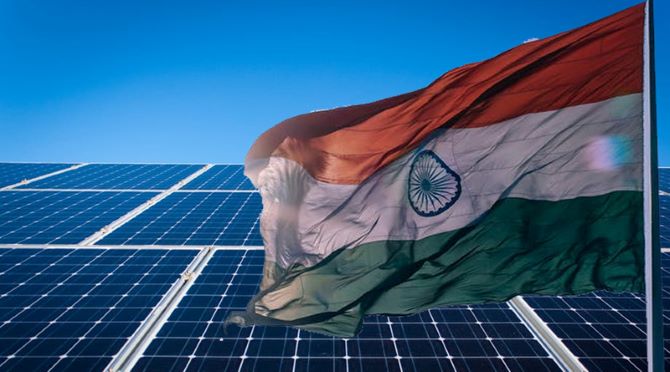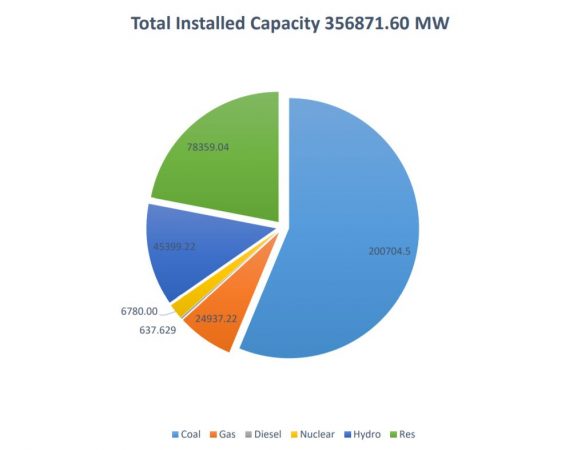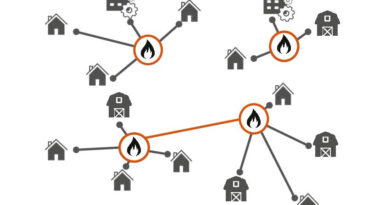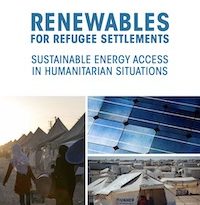Renewables’ To Dominate New Energy Capacity Addition by 2030: CEA

Solar and wind energy projects may constitute over half of India’s total power capacity of by 2030, according to a draft report by India’s power-planning body, which predicts that the country may surpass its climate goals.
The Central Electricity Authority said in the report released on Monday, Solar and wind projects are seen constituting 440 GW of capacity out of the projected 831 GW in more than a decade, which translates to 52.9% of the targeted capacity.
The report adds that all non-fossil fuel sources will form 65% of the total installed capacity and contribute around 48% of gross electricity generation. The share of coal in overall capacity is likely to drop to a third from about 56% now. Still, the polluting fuel will continue to produce half of the country’s electricity by 2030, compared with about 72% now.

Prime Minister Narendra Modi’s climate target of having 40% Renewable Energy powered capacity by 2030 will be exceeded if the projections hold true. As per the current plan, the government aims to install 175 gigawatts of renewable capacity by 2022. India had 80 gigawatts of renewable capacity as of May-end and has to add 95 GW of RE by the year 2022.
The recent cost trends of renewable energy generation sources have given them the footing to compete with conventional sources of electricity generation, according to the report.
The report, which is yet to be adopted by the government, identifies the intermittent nature of renewable energy generation as a limiting factor and advocates adoption of grid-scale battery storage. The reducing cost of batteries will help in faster rollout, it said.
India is projected to overtake the U.S. as the world’s second-biggest emitter of carbon dioxide from the power sector before 2030, as the nation’s electricity demand skyrockets, the International Energy Agency said in its World Energy Outlook last year. Carbon dioxide emissions from the Indian power sector are likely to be 1,154 million tonnes by 2029-2030, the CEA said.
Unlike many global agencies forecast for Indian Renewable target, IBEF and CEA are the lone two who have an optimistic viewpoint for the country; partly because the hero of renewables—Solar, has been facing regulatory constrictions. Also many fossils like coal and Diesel continue to enjoy indirect subsidies and policy help which has discouraged Discoms to seriously adopt off-grid Renewable Energy solutions in their energy matrix. Now it remains to be seen what will budget hold for all the Renewable energy sector as a whole.




